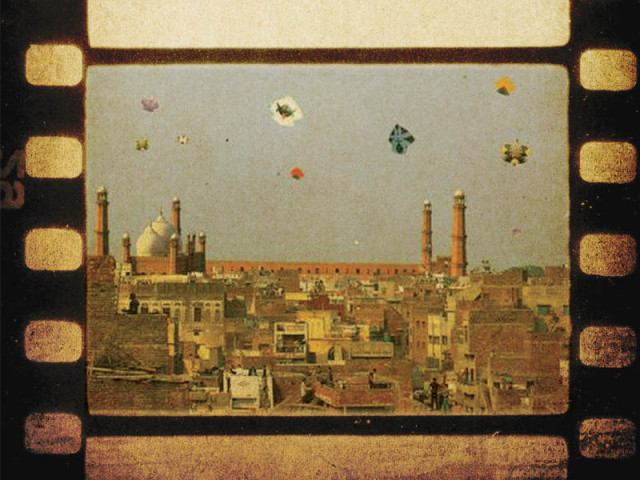President of France Emmanuel Macron prepares to deliver a speech during a state banquet at Guildhall on July 9, 2025 in London, England. President Emmanuel Macron and Mrs Brigitte Macron are in the U.K. for the first visit state visit made by…
Afghanistan will look to bounce back in the three-match One-Day International series against Bangladesh, starting on Wednesday at the Zayed Cricket Stadium in Abu Dhabi, after being blanked 0-3 by the Tigers in the T20I leg.
The Afghans have…








